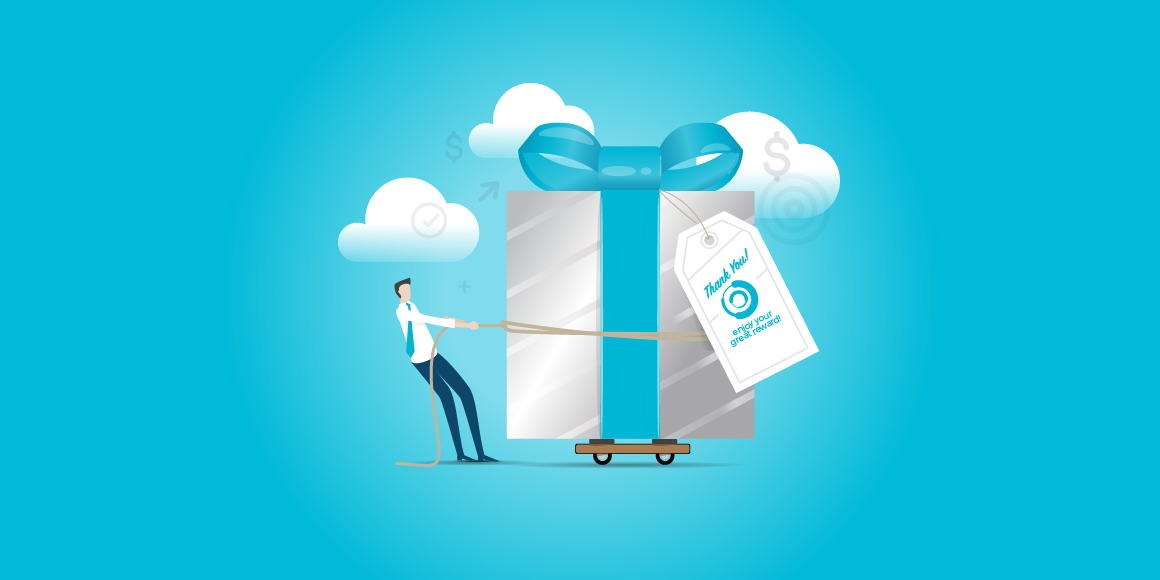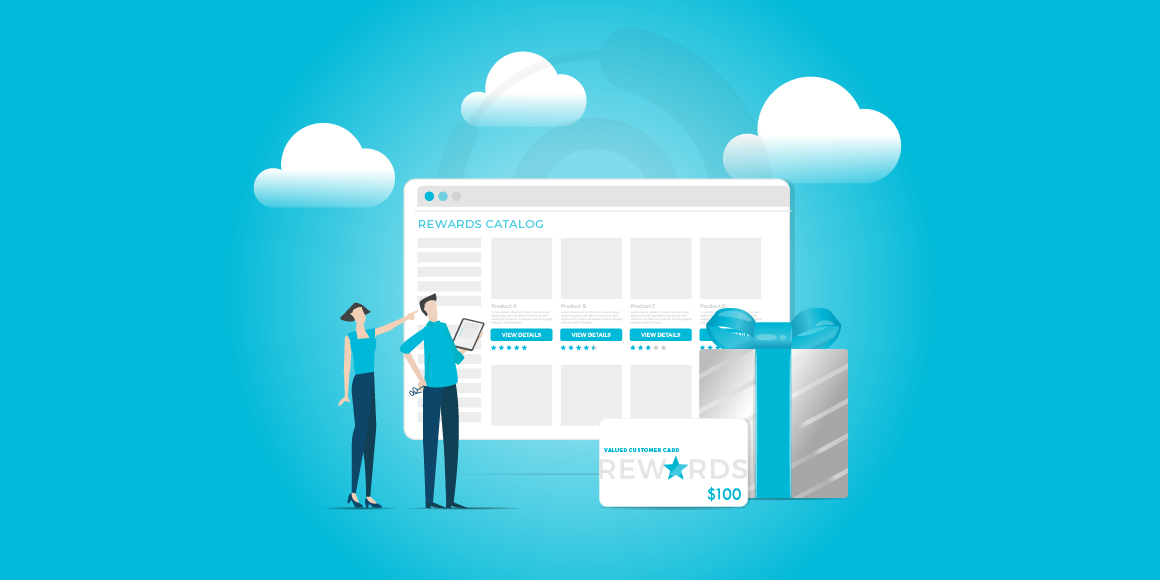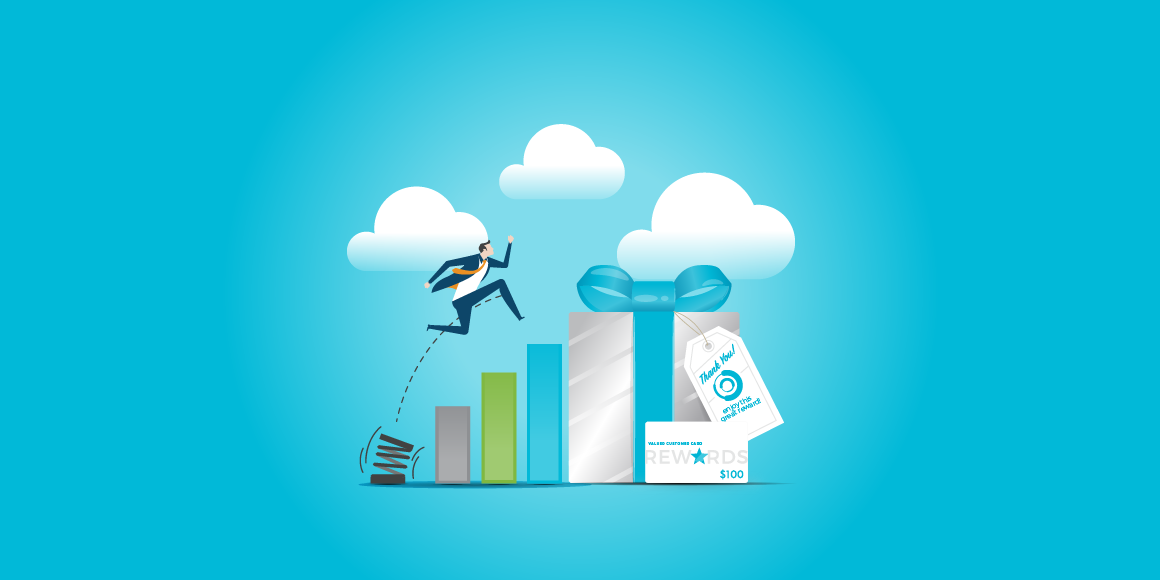Let’s say your existing long-term program is about to conclude, but you happen to be releasing a new product right about this time.
You could extend your budget to include an additional program-like promotion. Or you could simply let the opportunity to really promote this product pass you by.
But there’s a third option. You could offer a customizable individual reward to the person who purchases or sells the most, or the individuals who achieve a particular purchasing/selling threshold.
In many cases, these individual rewards can (and should) be aligned with existing company-level incentive programs and business models.
Types of Individual Rewards
One of the most obvious benefits of offering individual rewards is that they can be customized to match the specific interests of those who will ultimately receive them. Not to mention they can be made to fit within any budget.
For example, you could go big and offer an individual travel reward, providing a “wow” factor that’s both flexible and exciting. This could be a 4-night Caribbean cruise, a 3-night stay at a luxury all-inclusive resort, or a weekend getaway to a desirable domestic location like Lake Tahoe, Washington D.C., or the Grand Canyon.
Conversely you could opt for merchandise rewards. These could range from something conventional like a new iPhone or Xbox, to a more targeted reward like signed sports memorabilia that would play to the demographics of your particular audience.
A third option that splits the difference of these two would be a custom experience reward. This would be something that’s unique and unforgettable, but at the same time won’t necessarily break the bank.
It could include a trip for two to a deluxe spa resort, tickets to an in-demand Broadway show, or something more extravagant like a package that features great seats at that Big Game every February.
For these types of individual rewards, it’s all about the ROE—the Return On Experience. Offering a great experience that your recipient will forever associate with you and your brand is the type of incentive that can have a truly lasting effect.
To have the greatest impact, one best practice to keep in mind with an individual reward is that it should be based entirely on the preferences of your audience.
You don’t want to mistakenly send someone to a Blake Shelton concert when they’re actually a big Drake fan!
Offering a few options, or even sending out a survey to potential recipients beforehand can go a long toward maximizing the effect the reward has.
Conclusion
What makes individual rewards so effective?
They’re designed to specifically motivate individuals, so they can be targeted to just to a particular group or region, but to the specific customers, employees, or channel partners.
It would obviously be too much to offer individual rewards to each and every one of your participants. But targeting a particularly high-performing individual or a select few who have really went above and beyond can send a message to the rest of the team that you’re willing to reward truly outstanding performances.
The research backs this up. And most importantly, at the end of day, we believe outstanding performances deserve rewards that stand out.






